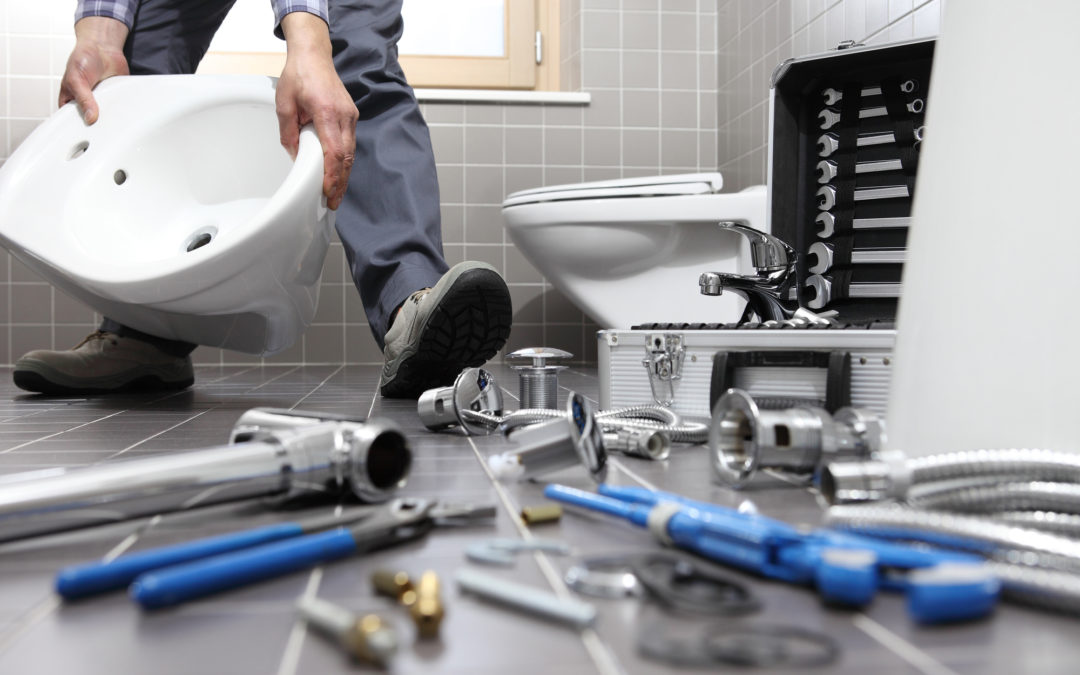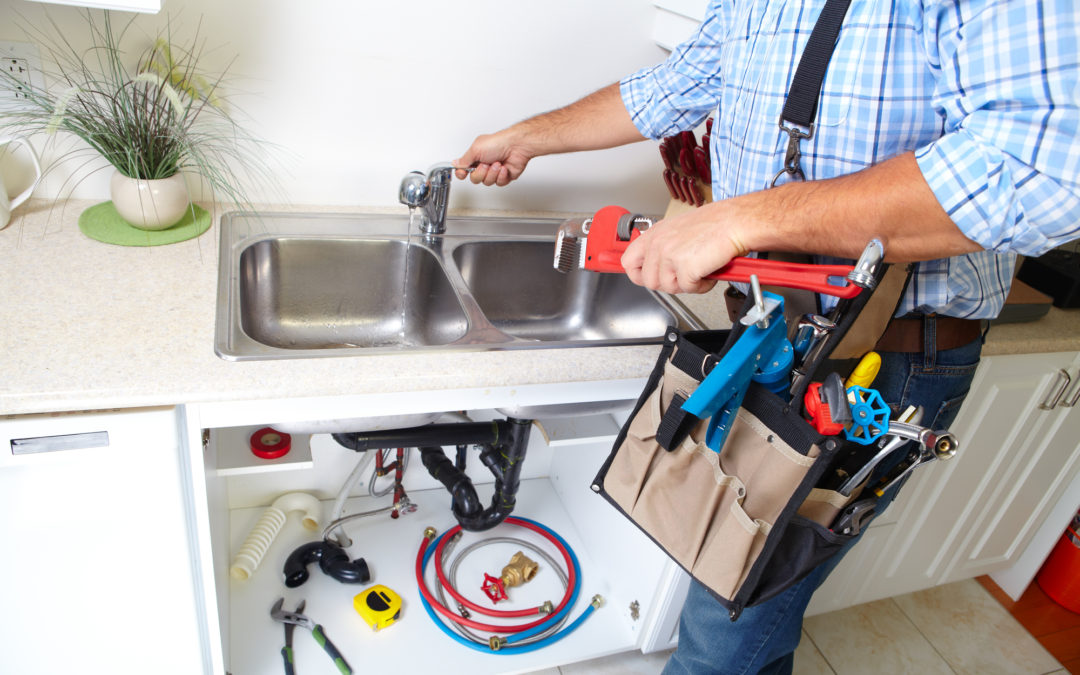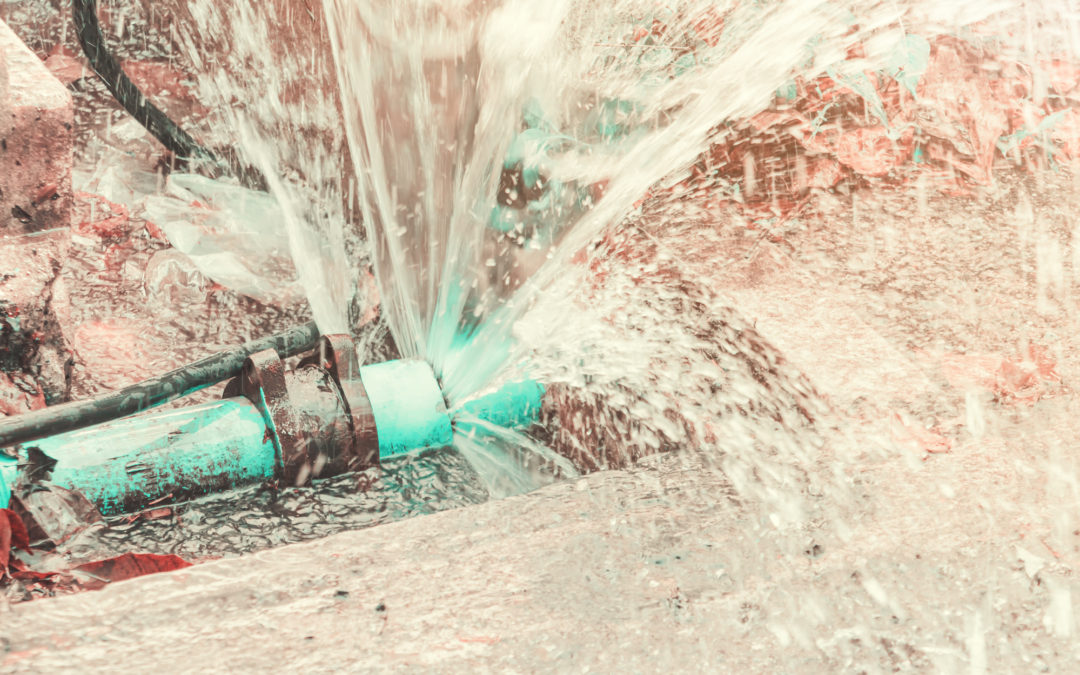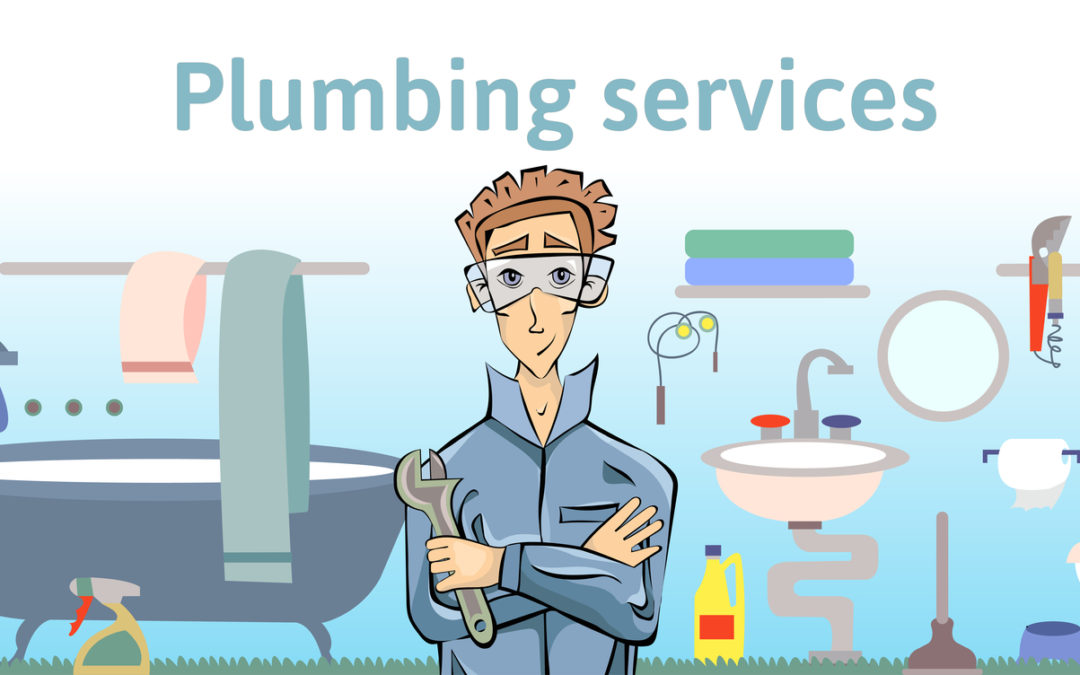
by Brandon | Aug 16, 2023 | News
As plumbing experts, we believe it’s important not only to stay up-to-date with the latest technology and techniques for plumbing installation and repair, but also to keep a finger on the pulse of our community and industry as a whole. That’s why we were excited to learn about the recent Bob Carnevale Memorial Car Show hosted by Bradford White Water Heaters. Not only was this event a great opportunity to check out some classic cars, but it was also a chance to see some of the latest innovations in water heater technology.
At the event, Bradford White showcased their latest line of water heaters, which feature improvements in efficiency, durability, and safety. One of the most exciting developments they shared was their use of new materials that provide better insulation. This not only helps to keep the water inside the tank hot for longer, but also reduces heat loss, which can save homeowners money on their energy bills.
Another aspect of the event that we found interesting was the emphasis on safety. Bradford White’s water heaters feature advanced safety features, such as automatic shut-off valves and overheating prevention systems, to prevent accidents and keep families safe. This is especially important when it comes to gas-powered water heaters, which can be a potential fire hazard if not properly installed and maintained.
Of course, the main attraction of the car show was the display of classic cars, many of which were from the 1950s and 60s. It was great to see so many well-maintained vehicles on display, and it got us thinking about the importance of regular maintenance for all types of machinery, including plumbing systems. Just as a classic car needs routine check-ups and oil changes to ensure its continued performance, so too do plumbing systems require regular maintenance to keep them running smoothly.
One of the most common plumbing issues we see is water heater failure. This can be caused by a variety of factors, such as sediment build-up, corrosion, and leaks. To prevent these problems from occurring, it’s important to schedule regular maintenance checks with a licensed plumber. During these checks, your plumber will assess the condition of your water heater, check for any signs of wear and tear, and flush the tank to remove sediment.
Another common plumbing issue that homeowners face is clogged drains. Whether it’s a slow-draining sink or a toilet that won’t flush, a clogged drain can be a major inconvenience. To prevent clogs from occurring, it’s important to be mindful of what you’re putting down your drains. Avoid flushing anything other than toilet paper down toilets, and use drain screens to catch hair and other debris from going down your sink and shower drains.
In addition to regular maintenance and preventative measures, there are also a number of technological innovations that can help to improve the performance and efficiency of your plumbing systems. For example, tankless water heaters, which are becoming increasingly popular, provide on-demand hot water without the need for a storage tank. Not only do these systems take up less space than traditional water heaters, but they can also be more energy-efficient, as they only heat water when it’s needed.
As plumbing experts, we’re always on the lookout for new developments in our industry. Whether it’s the latest water heater technology or innovative ways to prevent clogged drains, we’re committed to providing our customers with the best possible service and solutions. We hope you found this article informative, and if you’re in need of plumbing services, please don’t hesitate to give us a call at Ace Plumbing Repair. We’re here to help!

by Brandon | Aug 16, 2023 | Tips
Plumbing problems can be a nightmare for homeowners as they can lead to costly and time-consuming repairs. With a little knowledge and preparation, you can avoid common plumbing issues and keep your home’s plumbing system in top condition. In this article, we will share five essential plumbing tips that every homeowner should know in 2022.
1. Don’t Ignore Dripping Faucets and Leaky Pipes.
Dripping faucets and leaky pipes may seem like minor issues, but they can waste a significant amount of water and increase your water bill. Moreover, they can cause serious damage to your home’s infrastructure if left untreated. It’s essential to call a professional plumber as soon as you notice any signs of a leaky faucet or pipe. They can fix the problem before it causes further damage and saves you from costly repairs down the line.
2. Keep an Eye on Your Water Pressure.
Water pressure problems are a common plumbing issue in many homes. Low water pressure can cause problems with showerheads, faucets, and appliances that require water. On the other hand, high water pressure can cause burst pipes and other plumbing nightmares. Installing a pressure regulator can help you maintain the optimum pressure level for your home’s plumbing system.
3. Use Water-Friendly Products.
Toilet clogs are another common plumbing issue in many households. The best way to avoid toilet clogs is to use water-friendly products like low-flow toilets and restricted showerheads. Low-flow toilets use less water than traditional ones. These toilets are designed to flush effectively without using excessive water. Additionally, restricted showerheads limit the flow of water, which helps you save money on your water bill and reduces water wastage.
4. Mind What Goes Down Your Drains.
Clogged drains are a common plumbing problem in many homes, and they can cause serious damage if left untreated. Avoid flushing non-degradable items like paper towels, feminine hygiene products, and baby wipes down the toilet. Keep your kitchen’s garbage disposal free from grease, small bones, and fibrous vegetables that can damage your disposal system. If you’re unsure what goes down your drain, consult your local plumber for a comprehensive list of drain-cleaning best practices.
5. Schedule Annual Plumbing Inspections.
Finally, it’s essential to have your home’s plumbing system inspected annually by a qualified plumber. Plumbing inspections can help detect potential issues before they become major problems. A plumber can identify leaks, cracks, and other issues that may affect your home’s plumbing system. Regular inspections can help prevent costly repairs, keep your plumbing system in excellent condition, and extend its lifespan.
Conclusion:
By following these essential plumbing tips, you can maintain your home’s plumbing system in top condition and avoid costly repairs down the line. A little guidance from a qualified plumber can go a long way in preventing plumbing problems. Keep these tips in mind, and you’ll be able to keep your home’s plumbing system running smoothly in 2022 and beyond. Don’t hesitate to contact Ace Plumbing Repair if you need a professional plumbing service. Visit our website aceplumbingrepair.com or give us a call at (844) 711-1590 to schedule an appointment today.

by Brandon | Aug 15, 2023 | Tips
Plumbing issues are one of the most common problems homeowners face year-round. From minor drips to major leaks, any plumbing issue can disrupt your daily routine and cause damage to your home. However, fixing these issues doesn’t have to be complicated or expensive. In this article, we’ll discuss some common plumbing problems and how to fix them, so you can take care of your plumbing system and avoid costly repairs.
1. Dripping Faucets
One of the most common plumbing issues you may face is a dripping faucet. While it may seem minor, a dripping faucet can increase your water bill and waste gallons of water every day. The most common reason for a dripping faucet is a worn-out washer. To fix this problem, turn off the water supply to the faucet, remove the handle, and use pliers to remove the stem. Replace the worn-out washer and reassemble the faucet.
2. Clogged Drains
Clogged drains can be frustrating and can cause water to back up into your sink or bathtub. The most common cause of clogged drains is the buildup of debris, such as food particles, hair, or soap scum. To fix this issue, try using a plunger or a drain snake to clear the debris. You can also use a mixture of baking soda and vinegar to dissolve the clog.
3. Leaky Pipes
Leaky pipes can cause significant damage to your home and can lead to mold growth and water damage. The most common cause of leaky pipes is aging pipes or loose fittings. To fix this problem, locate the source of the leak and turn off the water supply to the affected area. If the leak is caused by a loose fitting, tighten it with a wrench. If the leak is caused by a damaged pipe, you may need to replace the pipe.
4. Running Toilets
A running toilet can waste gallons of water every day and increase your water bill. The most common cause of a running toilet is a faulty flapper valve. To fix this issue, turn off the water supply to the toilet, remove the toilet tank lid, and inspect the flapper valve. Replace the flapper valve if it’s worn out or damaged.
5. Low Water Pressure
Low water pressure can make it hard to shower or wash dishes. The most common cause of low water pressure is a clogged aerator or showerhead. To fix this problem, remove the aerator or showerhead and clean it with a mixture of vinegar and water. If the low water pressure persists, you may need to replace the fixture.
Conclusion
Plumbing issues can be frustrating to deal with, but they don’t have to be a source of stress. By knowing how to fix common plumbing problems, you can take care of your plumbing system and avoid costly repairs. If you’re unable to fix a plumbing issue on your own, don’t hesitate to call a licensed plumber. At Ace Plumbing Repair, our experts are available 24 hours a day, 7 days a week, to take care of your plumbing needs. Give us a call at (844) 711-1590 or visit our website, aceplumbingrepair.com, for more information.

by Brandon | Aug 15, 2023 | Tips
When it comes to fixing things around the home, we all want to save money and time. In most cases, calling in professionals is the best option. But, sometimes, making DIY home repairs is possible and can save you money.
However, plumbing problems require specialized knowledge and tools. DIY plumbing can lead to further damage, flooding, and even hazardous situations. In this article, we will cover some of the most common plumbing issues, and when to call in a professional plumber.
1. Clogged Drains
Clogged drains are a common plumbing problem in households. They are often the result of grease, food scraps, hair, and other debris getting trapped in the pipes. While there are many DIY methods to unclog drains, such as plungers or drain cleaners, these temporary fixes might not solve the root of the problem.
A professional plumber can diagnose the underlying problem and use specialized tools, such as a drain snake or hydro jetting, to clear the blockage and prevent further clogs. They might also recommend preventive measures, such as regular drain cleaning.
2. Leaking Faucets
A dripping faucet can waste a lot of water and increase your utility bill. It is also annoying and can keep you up at night. While you might be tempted to fix a leaky faucet yourself, keep in mind that there might be an underlying problem that needs to be addressed.
For example, a worn-out washer, a corroded valve seat, or a damaged o-ring can be the cause of the leak. A professional plumber can determine the source of the leak and recommend the best course of action. They might need to replace parts or install a new faucet altogether.
3. Running Toilets
A toilet that runs continuously can waste a lot of water and increase your water bill. It can also be a sign of a more significant plumbing problem, such as a faulty flapper, a damaged fill valve, or an issue with the tank’s water level.
While there are DIY solutions to fix a running toilet, such as adjusting the float or replacing the flapper, these fixes might only be temporary. A professional plumber can diagnose the problem and ensure a long-term fix.
4. Low Water Pressure
Low water pressure can be frustrating and make simple tasks like showering or washing dishes challenging. It can be caused by several factors, such as a mineral buildup in pipes, leaks, or issues with the water line.
A professional plumber can diagnose the problem and recommend the best solution. They might need to clean the pipes to remove mineral buildup or replace them altogether. They might also need to locate and fix leaks or address issues with the water line.
5. Burst Pipes
Burst pipes are a serious plumbing emergency that requires immediate attention. They can be caused by freezing temperatures, water pressure, or aging pipes. If left unattended, burst pipes can cause significant water damage to your home and lead to costly repairs.
In case of a burst pipe, it is essential to call in a professional plumber right away. They can locate the source of the leak and repair or replace the damaged pipes.
Conclusion
While some home repairs can be done on your own, plumbing problems require professional expertise. DIY plumbing can lead to further damage, flooding, and even hazardous situations. In case of plumbing emergencies or persistent issues, calling in a professional plumber is the best course of action. They have the knowledge, experience, and equipment necessary to diagnose and fix plumbing problems efficiently and safely.
If you’re experiencing a plumbing issue or need maintenance, give us a call at Ace Plumbing Repair. Our team of experts is available 24/7, with emergency services and same-day appointments. Visit our website for more information.

by Brandon | Aug 15, 2023 | News
Wilo, a leading manufacturer of pumps and pump systems for heating, cooling, and air conditioning, has recently revealed its ambitious plan to achieve net-zero carbon by 2040. The company’s Net Zero Carbon 2040 plan includes a series of measures aimed at reducing the carbon footprint of its global operations, from product development to manufacturing to logistics.
By 2030, Wilo aims to reduce its greenhouse gas emissions by 50% compared to 2019 levels. By 2040, the company aims to achieve net-zero carbon emissions across its entire value chain, including manufacturing, products, and logistics. To achieve these goals, Wilo has identified four key focus areas:
1. Sustainable products: Wilo is committed to developing and producing more energy-efficient and sustainable products that reduce the carbon footprint of its customers.
2. Sustainable manufacturing: Wilo aims to reduce the carbon footprint of its manufacturing processes by 50% by 2030. The company will achieve this by improving energy efficiency, implementing circular economy principles, and switching to renewable energy sources.
3. Sustainable logistics: Wilo will reduce the carbon footprint of its logistics chain by optimizing transport routes, reducing packaging waste, and switching to electric vehicles.
4. Sustainable culture: Wilo will engage its employees, suppliers, and customers in its sustainability efforts and promote sustainable behavior across all aspects of its operations.
Wilo’s Net Zero Carbon 2040 plan is not only good for the planet, but it also makes good business sense. By reducing its carbon footprint, Wilo is future-proofing its business, ensuring that it remains competitive in a world where sustainability is increasingly important to customers, investors, and regulators.
Plumbing companies have a crucial role to play in achieving sustainability goals. The plumbing sector is responsible for a significant portion of carbon emissions, especially through the use of energy-intensive systems like heating and cooling. But there are many ways that plumbing companies can reduce their carbon footprint and contribute to a more sustainable future.
Here are some tips for plumbing companies looking to reduce their carbon footprint:
1. Upgrade to energy-efficient systems: Heating and cooling systems can be significant sources of carbon emissions. By upgrading to more energy-efficient systems, such as heat pumps, plumbing companies can reduce their carbon footprint and save money on energy costs.
2. Implement circular economy principles: Plumbing companies can reduce waste by implementing circular economy principles. This includes recycling and repurposing materials, as well as designing systems and products with end-of-life considerations in mind.
3. Switch to renewable energy sources: Plumbing companies can reduce their carbon footprint by switching to renewable energy sources like solar and wind power. This could involve installing solar panels on company premises or purchasing renewable energy credits.
4. Optimize transport routes: Like Wilo, plumbing companies can reduce their carbon footprint by optimizing their transport routes. This could involve grouping jobs together to reduce travel distances or using electric vehicles where possible.
5. Educate customers: Plumbing companies can educate their customers on how to reduce their carbon footprint, such as by using water-conserving fixtures or turning down the thermostat.
In addition to reducing their own carbon footprint, plumbing companies can also help their customers achieve sustainability goals. By offering energy-efficient systems and sustainable solutions, plumbing companies can help their customers reduce their carbon footprint and save money on energy costs.
In conclusion, Wilo’s Net Zero Carbon 2040 plan is an ambitious yet necessary step towards a more sustainable future. Plumbing companies have a crucial role to play in achieving sustainability goals, and there are many ways that they can reduce their carbon footprint and help their customers do the same. As we move forward into a more sustainable future, it is essential that everyone, from individuals to businesses, works together to achieve net-zero carbon.





